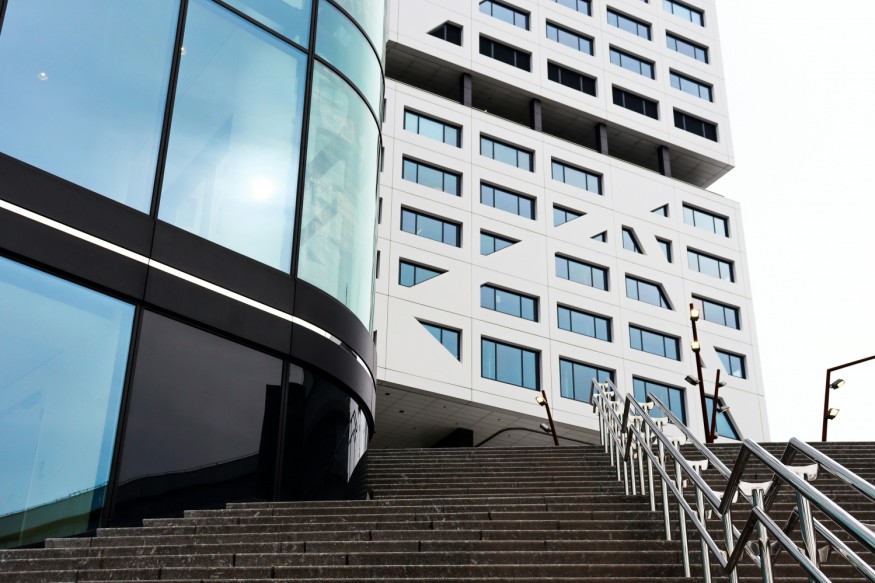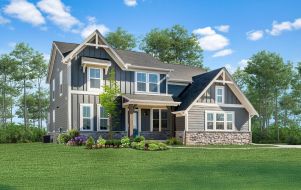Passive House Design Movement: The Future of Modern Architecture

On a typical sunny day in the digital realm, participants at Reimagine Buildings '24 gather virtually to discuss Passive House, a burgeoning architectural approach that dramatically reduces energy consumption through simplicity and innovation. This online conference highlights the key principles of Passive House design: continuous insulation, airtight sealing, superior windows, optimized use of sunlight and shade, and advanced air filtration systems.
Growth of the Passive House Movement
The Passive House concept, which originated in 1991 with a single house in Darmstadt, Germany, has experienced significant growth. The International Passive House Institute (PHI), established in 1996, reports an eightfold increase in Passive House projects since 2010. In the US, Phius (Passive House Institute US) has seen its annual registrations multiply sixfold since 2018, with its climate-specific standards driving this surge.
Katrin Klingenberg, director of Phius, describes this growth as resembling "the blade of a hockey stick." The Reimagine Buildings '24 conference, hosting around 700 participants, showcases the reasons behind this rapid expansion: heightened awareness, climate change concerns, better indoor air quality, improved and more affordable technology, construction community support, and increased governmental backing.
Energy savings are a major factor. According to Klingenberg, Passive House projects use 50 to 80% less energy than conventional buildings, depending on factors like size and location. This efficiency stems from the stringent energy use requirements of Passive House certification. Jessica Grove-Smith, joint managing director at PHI, emphasizes the meticulous design process needed to achieve these high efficiency levels.
Evolution and Applications of Passive House
The term "Passive House" is evolving as the concept applies to larger buildings. Klingenberg prefers "Passive Building," noting the diverse applications found in PHI's database, which includes apartments, offices, schools, hospitals, and supermarkets. Michael Ingui, founder of the Passive House Accelerator and the event's host, underscores this diversity with examples from his New York-based firm, Ingui Architecture. Their projects include Manhattan's first certified Passive House, the first Passive Certified LEED House, and the first Passive House in a landmark district.
A standout project is a renovated Cobble Hill townhouse for former Etsy CEO Chad Dickerson, which features typical Passive House elements like large windows, triple-pane glazing, and uncluttered walls. Dickerson's family uses heat for just a few hours each winter, maintaining a constant temperature year-round with virtually no sound pollution and exceptionally clean air, thanks to an electric ERV filter system.
Chris Benedict, another Passive House pioneer, recalls the astonishment at discovering boiler-less buildings in Germany. Her early projects, like Knickerbocker Commons in Bushwick, demonstrate substantial energy savings with minimal additional costs.
At Reimagine Buildings '24, participants showcased the long-term cost benefits of Passive House projects. While initial costs might be 5 to 10% higher, energy savings typically offset this within two to five years. Nina Lynch, CEO of Xylem Projects, highlighted the economic advantages of her firm's Carmen Villegas Village, a 28-story affordable senior housing development in East Harlem. The project's cost increase is just 1.5%, with projected annual operational savings of $70,000.
Marketing and Innovation in Passive House
Passive House is also becoming a popular marketing tool, similar to the earlier trend with LEED certification. Handel Architects' Winthrop Center in Boston, the world's largest Passive House office, and ARO's Khalil Gibran International Academy and PS 146 in Brooklyn, one of the largest Passive House education projects, illustrate this trend.
Innovation in Passive House design continues, with modular, prefab, and all-electric projects, retrofits, and advanced appliances like heat pumps. Government mandates are also propelling the movement. Massachusetts leads with its "Specialized Opt-in Code" requiring large multi-family buildings to achieve Passive House certification, supported by the Massachusetts Clean Energy Center.
Other regions are following suit. Vancouver's zero emissions targets and Scotland's proposed legislation to integrate Passive House standards indicate a global shift. As emissions goals become more ambitious and climate change impacts intensify, Passive House design is poised to play a crucial role in the future of architecture.














